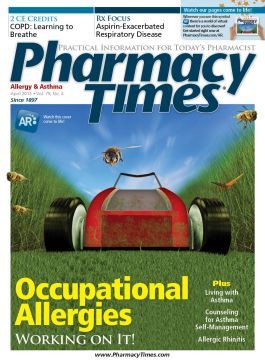US Supreme Court Ponders Generics Manufacturer Liability
Oral arguments in the case of a generics manufacturer and a patient who received compensation after a rare and severe reaction are under way in the Supreme Court, according to a March 19, 2013, article in The New York Times.
The case challenges existing generic drug regulations regarding adverse reactions, presenting a new argument in the litigation of adverse events from generic drugs.
According to The New York Times, the case, Mutual Pharmaceutical Co v Bartlett, argues that the complaint is not with a generic warning label—which prior cases have addressed—but instead with the design of the drug.
The case involves New Hampshire woman Karen Bartlett, who developed a severe reaction after taking generic sulindac, permanently damaging her lungs and esophagus and leaving her legally blind. A New Hampshire jury awarded Bartlett $21 million in 2010, which drug manufacturer Mutual Pharmaceutical Company is appealing.
A lawyer for Mutual Pharmaceutical Company, Jay P. Lefkowitz, told the Times that the new arguments vary little from older arguments against generics manufacturers. In addition, there is no legal basis for handling design defect claims differently from warning label claims, and the case tried in the New Hampshire court drew heavily on sulindac’s warning label, he added.
A 2010 Supreme Court case, Pliva v Mensing, determined that generic drug labels must precisely follow the brand name label; however, generics manufacturers are not responsible for updates to product labels. The resulting decision led to dozens of lawsuits against generics manufacturers being thrown out, despite citing the same injuries referenced in brand-name suits, several 2012 Times articles noted.
Many prior cases pitted state requirements against FDA requirements for generic drugs and generic drug labels, often making the state requests impossible to fill, the court’s rulings determined.
Although Bartlett’s case references product warning labels, the case uses them differently from prior cases, David C. Frederick, her lawyer, contends. Also, the suit does not ask the company to improve its warning, but instead seeks compensation under strict liability components of New Hampshire injury laws. According to the Times, the laws do not require litigants to prove a manufacturer is at fault if “unreasonably dangerous products cause harm.”
“Our cases are focused on the concern that the state is going to impose on the manufacturer is a different duty than the federal government,” Chief Justice John G. Roberts Jr. is quoted as saying by the Times. “That’s not what’s going on in a strict liability regime.”

